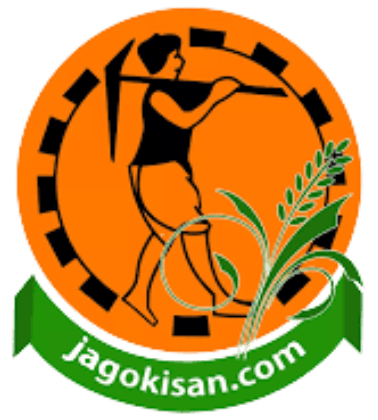Odisha Labha Scheme:- The Labha (‘Laghu Bana Jatya Drabya Kraya’) scheme, a 100% state funded Minimum Support Price (MSP) scheme for marginal forest products (MFP) has been implemented by the Odisha government announced on February 29. Read the article below to know more about the Odisha LABHA scheme.
Odisha Laghu Bana Jatya Drabya Kraya Yojana Details in Highlights
| Name | Odisha Labha Scheme |
| Launched by | Odisha government |
| Launched on | January 29 |
| Objective | development of the tribals of Odisha |
| Benefits | Under the scheme, a primary collector (tribal) will be able to sell the minor forest produce at the Minimum Support Price collected at the procurement centres by TDCCOL |
| State | Odisha |
| Beneficiaries | tribals |
Objective of Odisha LABHA Scheme(ଓଡିଶା LABHA ଯୋଜନାର ଉଦ୍ଦେଶ୍ୟ |)

From now onwards, the State government will establish the MSP of MFP annually. The MFP, which is collected at the procurement centres by the Tribal Development Cooperative Corporation Limited of Odisha (TDCCOL), will be allowed to be sold at the MSP by a main collector, who is a member of the tribe.
KALIA Scholarship in Odisha 2024
Even though the MSP for MFP is set by the Tribal Cooperative Marketing Federation of India, recipients in Odisha have not received benefits in several years.
Benefits of Odisha LABHA Scheme
The government will fix the minimum subsidy price for MFPs every year under the fully publicly funded Small Manufactured Commodity Purchase Scheme.
The collection facility of the Tribal Development Cooperative Corporation (TDCCOL) of Odisha Limited will enable the products to be sold to 99 per cent of the tribal community who are the main collectors of MFPs.
The Women SHGs (Self Help Groups) of Mission Shakti will be included in labha program activities, as most of these tribal initiative collections are by women SHGs and some other organizations identified to work with TDCCOL will take care of that these shopping areas.
The State government had originally set aside ₹100 crore, of which 2% would go to the SHG or any other body. The money would be paid into the beneficiary’s account via a Direct Benefit Transfer (DBT) as soon as it was collected. Even though the State government intends to include 30,000 indigenous members in the programme, it’s anticipated that the total will soon approach one lakh.
Advantages of Odisha Laghu Bana Jatya Drabya Kraya Yojana
The purchase location, primary collection details, and total number of MFPs collected will be recorded by the purchase automation system.
The procurement automation program will use technology to ensure transparency and further support for Aboriginal people in alignment with the national “Vision 5T” strategy (teamwork, technology, transparency, and time, leading to change).
In addition, TDCCOL will explore value addition and processing units in addition to e-tendering to increase sales. The state government is investing an estimated ₹25 crore to set up a tamarind processing center at Rayagada, aiming to maximize benefits to the tribal community.
The plant will use tamarind procured through the Labha scheme to add value. Moreover, the labha scheme will make it difficult for the middle class to sell in distress.
Tribal group in Odisha(Odisha Labha Scheme)
Odisha has one of the most diverse tribal landscapes in the country, with 62 different tribal groups, of which 13 are particularly vulnerable tribal groups (PVTG) and has the largest tribal population in Madhya Pradesh and third after Maharashtra. About 68.09% of the total tribal population of the country belongs to Scheduled Tribes residing in Scheduled Areas Read More

